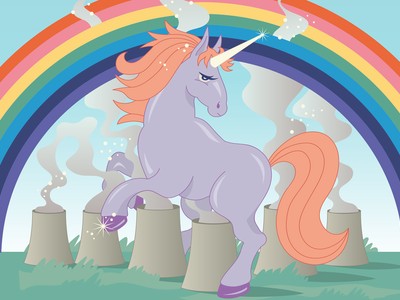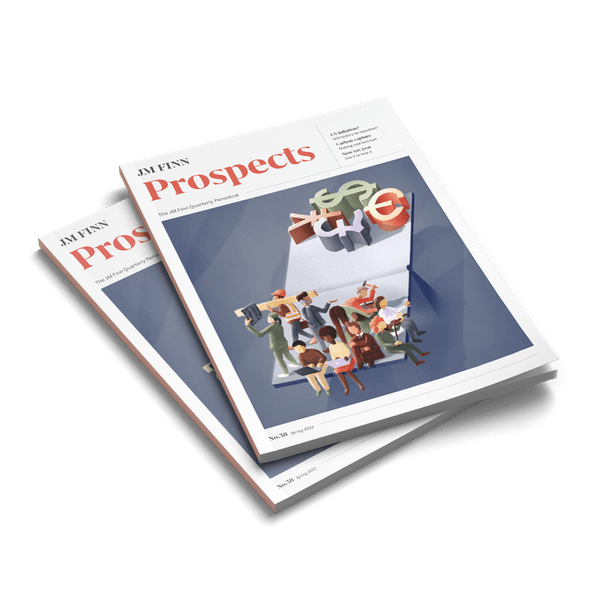The last time the consumer price index (CPI) was this high was in 1982, at the end of The Great Inflation that ravaged the US in the 1970s and early 1980s. The higher than expected January 2022 inflation print prompted a litany of articles comparing today’s predicament to that of Paul Volcker who was Chairman of the Federal Reserve from 1979-1987. Volcker is credited with wrangling inflation and heralding decades of sustained low inflation. “What would Volcker do?” was most likely a question ringing in Jerome Powell’s head in mid-February.
There are many parallels that can be made between today and The Great Inflation. However we should be cognizant of how the crises are different. The differing macro circumstances include: higher debt burdens (both at a sovereign and household level), demographic differences and suspiciously bubble-like equity markets. However there is a more fundamental difference that pertains to the Federal Reserve’s role, objectives and available toolkit.
The dual mandate is a term that refers to the Federal Reserve’s two main objectives, which are, in their own words: “promote maximum employment” and “stable prices”. There is a third objective of keeping long term interest rates “moderate” however it is widely accepted that achieving the first two will lead to the third…hence we say “dual mandate”. These two objectives can however be conflicting.
The dual mandate was introduced in 1977 by the Humphrey-Hawkins Act. At the point of Paul Volcker’s appointment as Fed chair in 1979 though, the United States had already suffered around a decade of inflation at around 6-11%. This previous inflationary decade had the effect of eroding the real value of a good chunk of the debt in the system but also, more subtly, pushed the “maximum employment” mandate into obsolescence.
The dual mandate is a term that refers to the Federal Reserve’s two main objectives, which are, in their own words: “promote maximum employment” and “stable prices”.
Volcker himself said in an interview in 2013: “I do not remember the word “dual mandate” ever passing my lips in all the time that I was Chairman”. Volcker here is being hyperbolic as he was in fact questioned by Congress on the issue in 1981 to which he responded: “recognizing that objective for unemployment cannot be reached in the short run”. Ultimately, maximum employment was not a priority and by the time Volcker managed to get inflation under control in 1983 unemployment was at 10.8% (from 6% at the time of his appointment in 1979). Unemployment did not reach 4%, the definition of maximum employment that was typically cited at the time, until 1999. But you won’t hear that in the many articles that sing Volcker’s praises.
How does this differ from today? A great illustration of how the Federal Reserve currently thinks about its dual mandate comes from a 2020 review of the Fed’s Monetary Policy Strategy; the text was edited so that “employment” came ahead of “inflation” in all sentences that did not already have it in that order.
The Availability Heuristic is a cognitive bias that reflects the tendency to estimate the probability of something happening based upon how many examples of it happening readily come to mind. For many working today, there are no examples of rampant inflation that come to mind in a developed economy. We have only seen low levels of inflation and therefore may overweight its probability of continuing.
I do not remember the word “dual mandate” ever passing my lips in all the time that I was Chairman.
With this bias in mind and after decades of low inflation, the maximum employment objective has graduated to number one. Meanwhile inflation is seen as a less credible and even manageable threat. See: Powell’s insistence on inflation being transitory.
More worryingly, the Federal Reserve’s ability to impact employment is indirect at best. The Fed say so much themselves in justifying the lack of maximum employment target: “[maximum employment] is not directly measurable and changes over time owing largely to non-monetary factors that affect the structure and dynamics of the labour market”.
The Federal Reserve, the monetary authority in the United States, cannot materially impact employment as it is largely governed by non-monetary factors.
Paul Volcker describes the dilemma well in his 2013 interview: “…given the circumstances [the Fed] has acted and has been asked to act in an extraordinary way, it kind of gives the impression that the Federal reserve has the keys to the kingdom-that they can achieve price stability and low unemployment at the same time, and it doesn’t matter what the budget is, and all the structural problems in the economy, and the dislocations in the economy. Monetary policy will solve all problems.”
There are many parallels that can be made between today and The Great Inflation. However we should be cognizant of how the crises are different.
Though they may not have felt it, the Federal Reserve got lucky in January 2022. While inflation surprised on the upside, employment was surprisingly strong. A strong labour market, close to pre-COVID levels, meant the Fed could focus on tackling the 7.5% CPI print, without abandoning its dual mandate.
However, history tells us that the unemployment rate can prove a fickle fellow and that luck tends to run out. Is the Federal Reserve in its current form capable of a Volcker style victory, while maintaining its dual mandate? Volcker didn’t seem to think so.
Illustration by Sam Brewster




